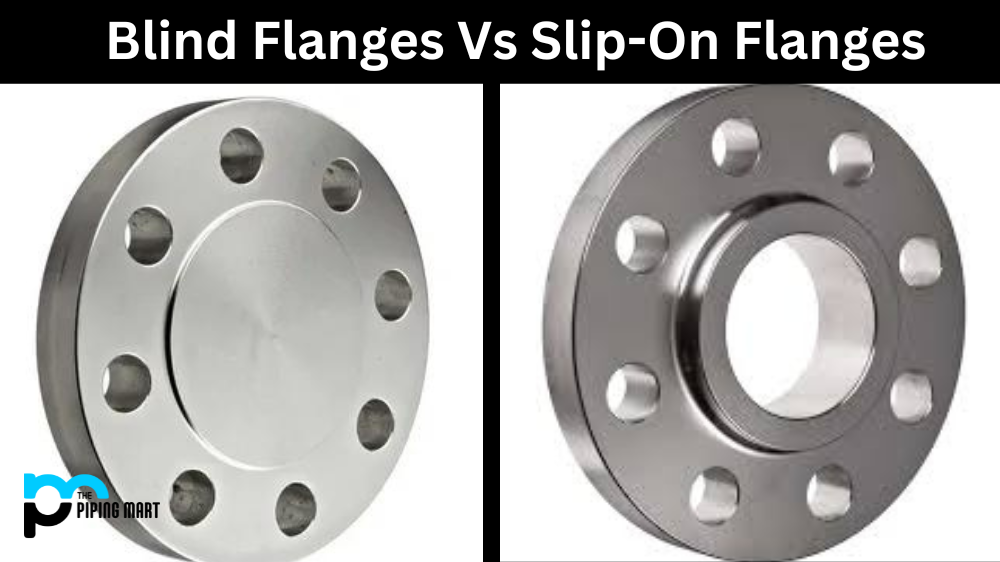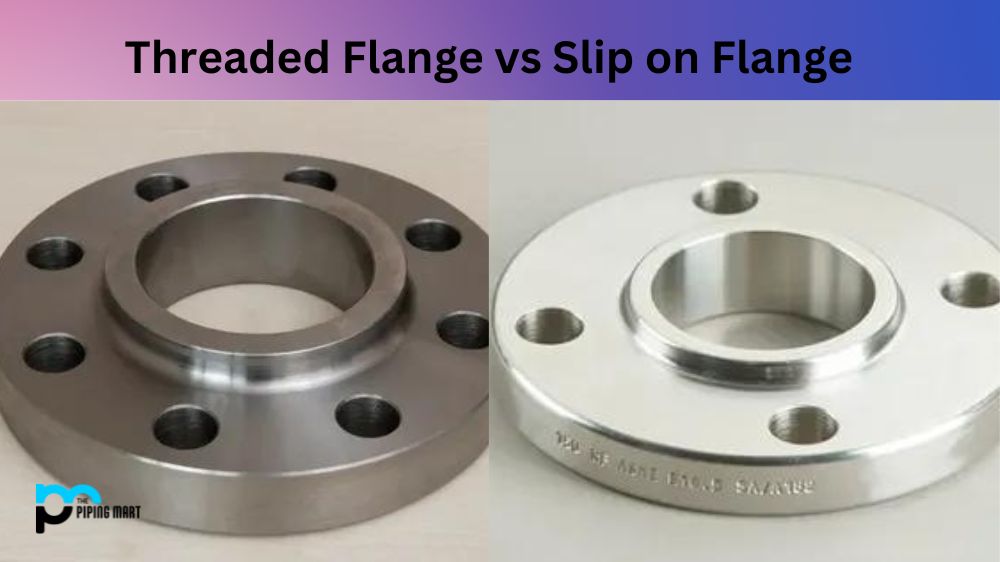Flanges are essential in piping systems, providing a reliable connection point for various piping applications. The two basic types of flanges are the backing flange and the blind flange. Many people may think that they are similar in function and design, but the truth is that they have different uses and capabilities. In this blog, we will explore the differences between these two types of flanges and when to use them.
What is Backing Flange?
A backing flange is an important component in piping systems that helps reinforce and support pipe sections. It is typically made from various materials, such as stainless steel, cast iron, carbon steel and other alloys. Backing flanges are designed to prevent leakage between two pipes by providing a sealing surface for either gaskets or welding procedures. They also help reduce vibration in the system due to their strength and rigidity. In addition, they provide stability for connections when thermal expansion and contraction occur throughout the pipeline.
What is Blind Flange?
A Blind Flange is a type of pipe flange used to close off the end of a piping system. It has no hole in its center and can be used as an effective closure means in high-pressure systems where welding of the pipe end may not be possible. It is also utilized as a sealing device to allow for future maintenance without cutting into existing pipes.
Difference Between Backing Flanges and Blind Flange
The Design
Backing flanges have a flat ring-shaped plate welded onto a pipe’s end. They connect pipes to other piping components, such as valves, pumps, and strainers. The plate of the backing flange has bolt holes that match the bolt holes of the mating flange.
In contrast, Blind flanges are solid discs covering a pipe’s end. They have bolt holes around the perimeter to connect to other flanged components. Blind flanges are used to seal off the end of a pipe to prevent flow and test the pipeline’s pressure.
The Application
Backing flanges are used in applications where a pipeline is needed to connect to other components and create a strong connection. They are ideal for applications with a high likelihood of thermal expansion or vibrations as they support the pipe, preventing it from sagging.
Blind flanges, on the other hand, are used in applications where the end of a pipeline needs to be sealed off. They are used extensively in pressure testing and maintenance procedures where isolating or blocking off a section of the pipeline is necessary.
The Dimension
Backing flanges are available in a wide range of sizes and dimensions, depending on the size of the pipe and the application. They are usually between ½ inch to 48 inches in diameter.
Blind flanges are available in a similar range of sizes, from ½ inch to 120 inches in diameter, depending on the application. They are often larger than backing flanges due to their application.
The Material
Both flanges are available in various materials, such as carbon steel, stainless steel, and various alloys. The best material for the flange depends on the application, as each material has different properties that may affect its performance. For example, stainless steel is excellent for high-temperature applications, while carbon steel is suitable for general applications.
The Cost
Backing flanges are generally less expensive than blind flanges. This is because backing flanges are simpler in design, and less material is required to manufacture them. Blind flanges are generally more costly due to their larger size and added features such as bolt holes.
Conclusion:
In conclusion, the choice between backing flanges and blind flanges depends on the specific application. Backing flanges are ideal for applications that require a strong connection and support to the pipe. Blind flanges are suitable for applications where the end of the pipeline needs to be sealed off. Both flanges are available in various sizes and materials, and the best choice depends on factors such as pressure rating, temperature range, and corrosive substances in the pipeline. Cost is also a significant factor to consider when choosing a flange. We hope this blog has been enlightening and that you are now better informed about the differences between the two types of flanges.
Rachana is a dedicated and ambitious young woman who has made a name for herself in the metal industry. From her earliest days in the industry, Rachana showed a natural talent for problem-solving and a keen eye for detail. In her free time, She enjoys reading up on the latest advancements in the industry, as well as exploring new ways to innovate and improve upon existing processes.




